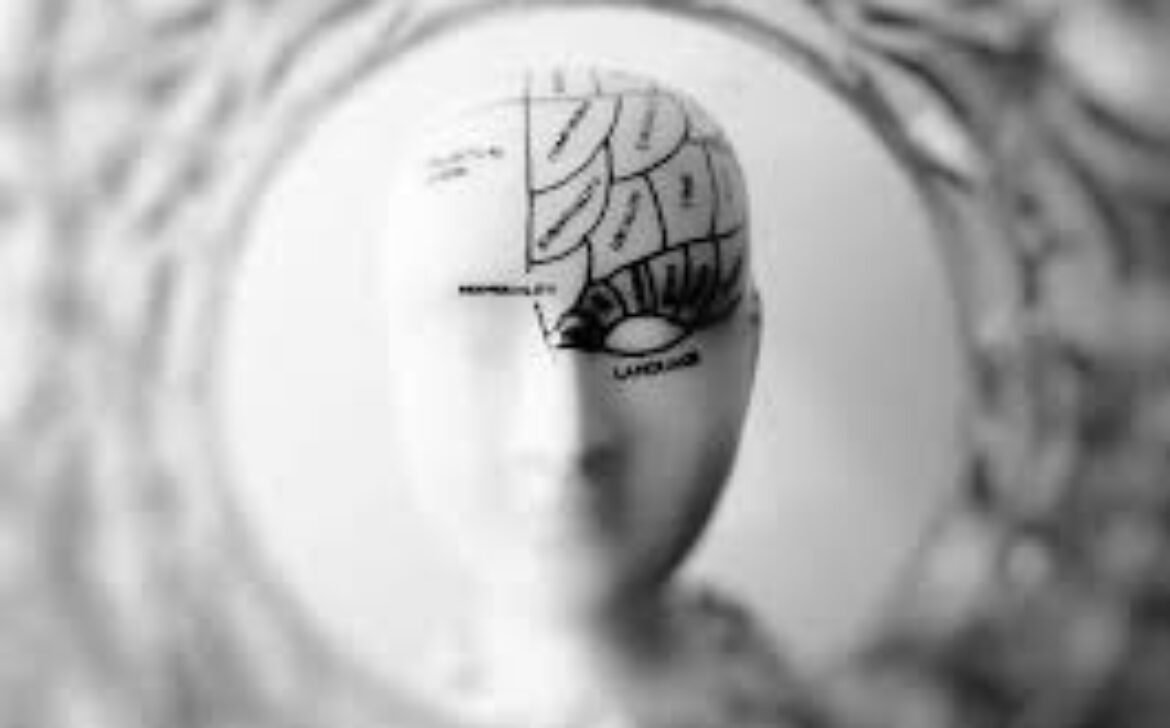Space Tech Advancements: Private Space Travel and Beyond
Space exploration has taken monumental strides in recent years, with private companies spearheading revolutionary advancements that are propelling humanity towards new horizons. This article delves into the remarkable progress of private space travel and its broader implications for the future of space exploration.
Introduction
In the past few decades, space exploration was primarily confined to governmental agencies like NASA. However, a radical transformation has occurred with the emergence of private space companies.
The Rise of Private Space Companies
Visionary entrepreneurs such as Elon Musk (SpaceX), Jeff Bezos (Blue Origin), and Richard Branson (Virgin Galactic) have disrupted the space industry, introducing competition and innovation that has accelerated progress.
Accessibility and Democratization of Space
Private companies have made space more accessible than ever before. This democratization is evident in satellite deployment, communication, and even scientific research.
Technological Innovations in Rockets and Vehicles
Advancements in rocket propulsion and reusable vehicles have drastically cut costs and increased launch frequency, opening up avenues for ambitious missions.
Lunar and Martian Aspirations
Private enterprises are eyeing celestial bodies like the Moon and Mars for colonization and resource utilization, pushing the boundaries of human exploration.
Challenges and Safety Measures
The inherent risks of space travel have led to stringent safety protocols, ensuring that technological leaps are matched by safeguards for astronauts and passengers.
Environmental Considerations
As space travel becomes more routine, companies are developing greener propulsion technologies to minimize the environmental impact of rocket launches.
Collaborations with Government Agencies
Public-private partnerships have formed, where private companies work hand-in-hand with government agencies to achieve common goals in space exploration.
The Evolution of Satellite Technology
Satellites have evolved from basic communication tools to complex systems aiding weather forecasting, navigation, agriculture, and more.
Space Tourism: A Reality Beckons
Space tourism inches closer to reality, promising civilians a chance to experience weightlessness and witness Earth from the black expanse.
Mining Resources in Space
Private enterprises are investigating the extraction of precious resources from asteroids and other celestial bodies, potentially revolutionizing our resource-dependent industries.
Beyond Our Solar System: Interstellar Dreams
Breakthrough technologies have ignited discussions about interstellar travel, with concepts like light sails and wormholes capturing our imagination.
Ethical and Legal Paradigms
The commercialization of space prompts conversations about property rights, celestial preservation, and ethical considerations in altering extraterrestrial environments.
Inspiring the Next Generation
The accomplishments of private space companies inspire young minds to pursue careers in science, technology, engineering, and mathematics (STEM), ensuring a bright future for space exploration.
Conclusion
Private space travel has unleashed a wave of innovation, transforming space exploration into a realm of limitless possibilities. As companies continue to push boundaries, humanity stands at the brink of a new era, where the cosmos is within reach like never before.










